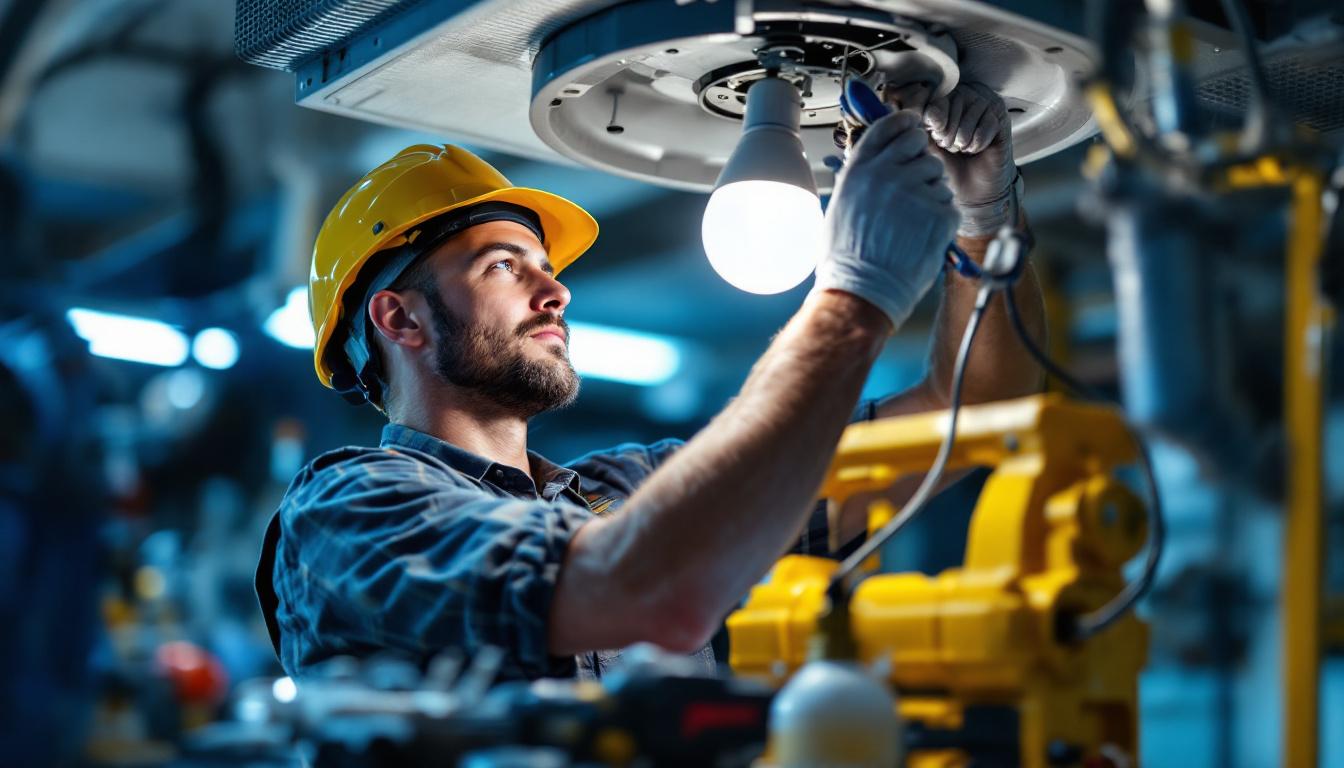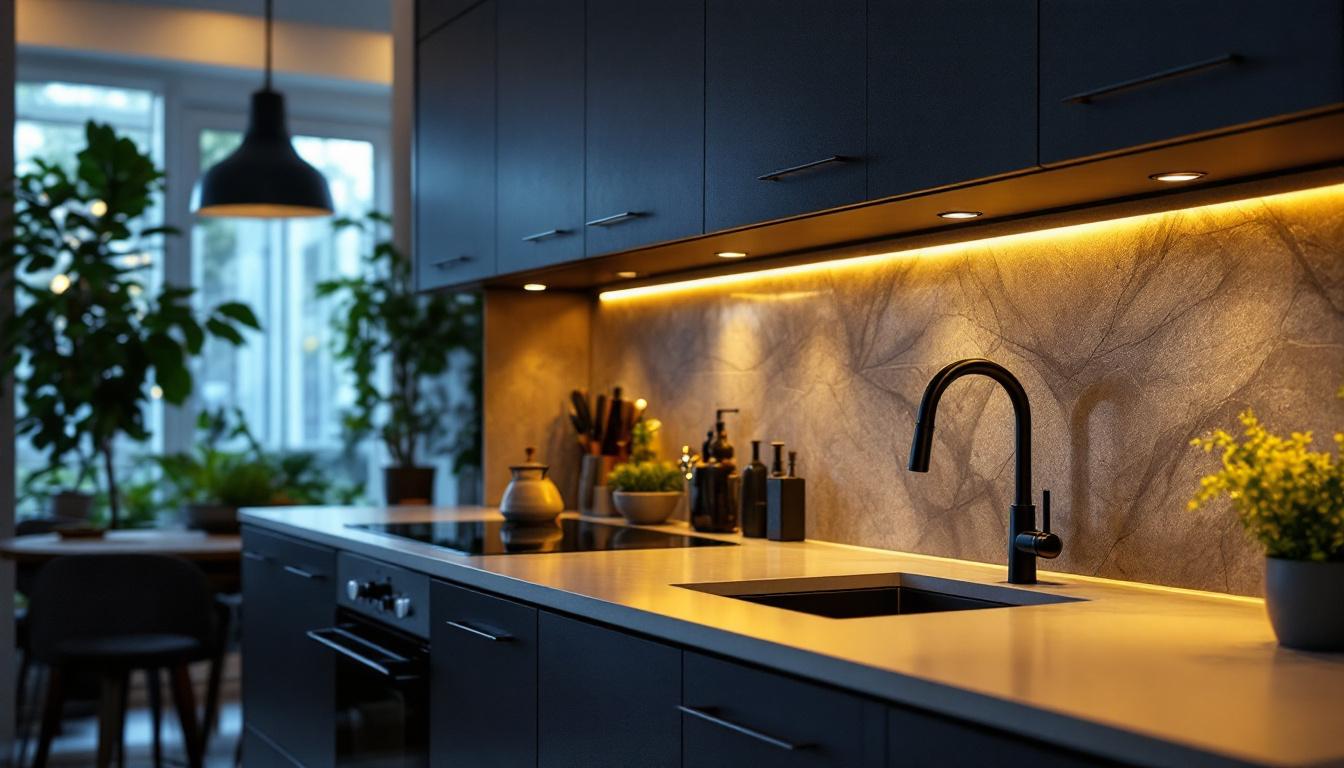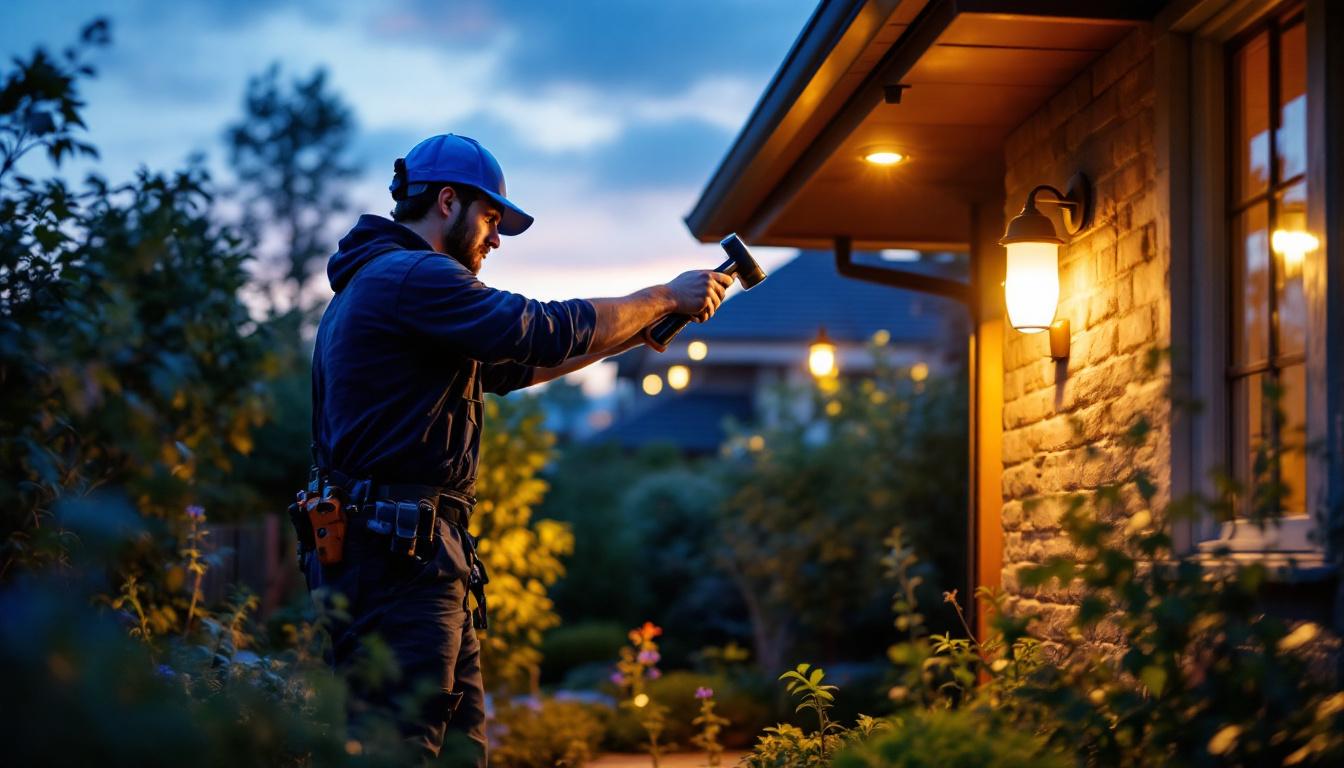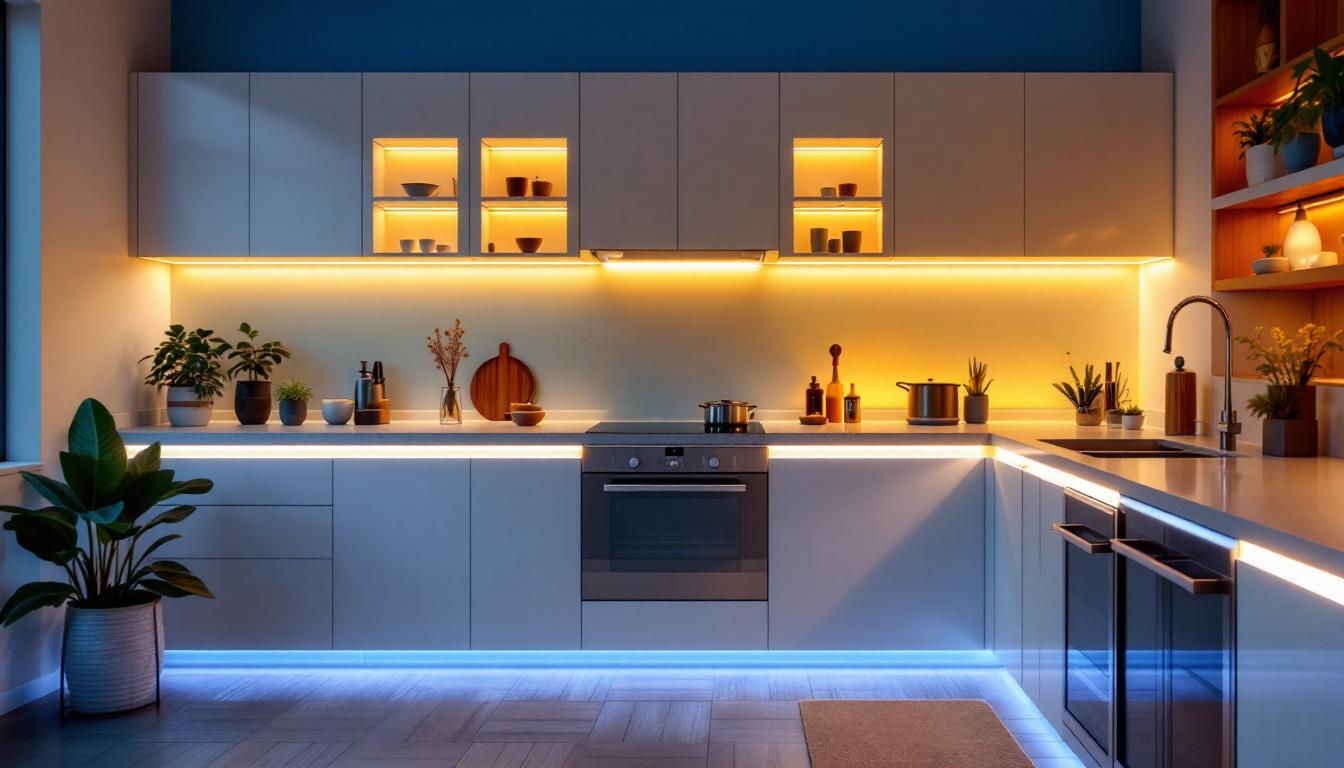
As the lighting industry continues to evolve, the shift towards energy-efficient LED technology has become increasingly prevalent. For lighting contractors, understanding the intricacies of LED installations is crucial, especially when it comes to bypassing ballasts in existing fixtures. This article delves into the essential aspects of bypassing ballasts for LED bulbs, providing valuable insights for contractors looking to enhance their expertise and service offerings.
Ballasts are electrical devices that regulate the current to fluorescent lamps and provide the necessary voltage to start the lamps. In traditional lighting systems, ballasts play a critical role in ensuring the proper functioning of fluorescent bulbs. However, with the advent of LED technology, the relevance of ballasts has diminished significantly.
In a conventional fluorescent system, the ballast serves two primary functions: it limits the amount of current flowing to the lamp and provides the initial surge of voltage needed to ignite the gas within the tube. This process is essential for maintaining consistent light output and preventing flickering. However, this complexity is unnecessary when using LED bulbs, which operate on a different principle.
LED bulbs are designed to operate directly from a low-voltage power source, eliminating the need for a ballast. Many LED bulbs are built with integrated drivers that manage the power supply, allowing for a more straightforward installation process. As a result, contractors must adapt their approach to lighting installations, particularly when retrofitting existing fixtures.
Moreover, the transition to LED technology is not just about removing ballasts; it also presents an opportunity to enhance energy efficiency and reduce maintenance costs. LED lights consume significantly less power than their fluorescent counterparts, which translates to lower electricity bills and a reduced carbon footprint. This shift is particularly beneficial in commercial settings where lighting can account for a substantial portion of energy usage. Additionally, LED bulbs have a longer lifespan, often lasting up to 25,000 hours or more, which means fewer replacements and less waste over time.
As the industry moves towards more sustainable practices, understanding the implications of this transition becomes crucial. For instance, many municipalities and organizations are now offering incentives for upgrading to LED lighting, recognizing the long-term benefits of energy savings and environmental impact. This not only encourages businesses to make the switch but also fosters a culture of sustainability within communities. As such, the conversation around ballasts and their diminishing role is part of a larger narrative about innovation in lighting technology and its potential to shape a greener future.
Bypassing ballasts when installing LED bulbs offers several advantages, making it a preferred choice for many lighting contractors. Understanding these benefits can help contractors make informed decisions and provide better service to their clients.
One of the most significant benefits of bypassing ballasts is the enhanced energy efficiency achieved. Traditional ballasts consume additional power, which can lead to increased energy costs for the end-user. By removing the ballast, contractors can ensure that the LED bulbs operate at their optimal efficiency, reducing overall energy consumption and lowering utility bills. Furthermore, this energy efficiency contributes to a smaller carbon footprint, aligning with the growing demand for environmentally friendly solutions in both residential and commercial settings. As businesses and homeowners become more conscious of their energy usage, the appeal of ballast-bypassed LED installations continues to rise.
LED bulbs are known for their long lifespan, often lasting up to 25,000 hours or more. However, when paired with a ballast, the lifespan can be significantly reduced due to the additional heat generated and the potential for electrical interference. Bypassing the ballast allows the LED driver to function without the constraints imposed by the ballast, thereby prolonging the life of the bulb and enhancing customer satisfaction. Additionally, the reduced heat output not only extends the life of the LED bulbs but also minimizes the risk of overheating, which can be a safety concern in certain applications. This enhanced reliability makes LED bulbs an increasingly popular choice for high-traffic areas where lighting is crucial, such as hallways, parking lots, and commercial spaces.
By eliminating the ballast, maintenance becomes more straightforward. In the event of a bulb failure, contractors can easily replace the LED bulb without the need to troubleshoot or replace a faulty ballast. This simplicity not only saves time but also reduces the overall maintenance costs for clients, making it an attractive option for lighting contractors. Moreover, the ease of replacement encourages clients to adopt LED technology more readily, knowing that they will not face the complexities often associated with traditional lighting systems. As a result, contractors can foster stronger relationships with their clients by providing a hassle-free lighting solution that emphasizes both efficiency and longevity.
For lighting contractors, understanding the steps involved in bypassing ballasts is essential for successful LED installations. The process may vary depending on the specific fixture and its configuration, but the general steps remain consistent across most applications.
Before beginning any electrical work, safety should always be the top priority. Contractors must ensure that the power is turned off at the circuit breaker to prevent any electrical hazards. Additionally, wearing appropriate personal protective equipment (PPE) is crucial to safeguard against potential injuries.
Once safety measures are in place, the next step is to remove the existing fluorescent bulbs and the ballast. This typically involves unscrewing the bulbs from their sockets and disconnecting the ballast from the fixture. It is essential to take note of the wiring configuration for future reference.
After the ballast has been removed, the fixture must be rewired to accommodate the LED bulbs. This usually involves connecting the incoming power supply directly to the lamp holders. Depending on the fixture type, this may require stripping the wire ends and using wire nuts to secure the connections. It’s critical to ensure that the wiring is done correctly to avoid any electrical issues.
With the fixture rewired, the final step is to install the LED bulbs. Simply insert the bulbs into the sockets, ensuring they are securely in place. After installation, contractors should turn the power back on and test the lights to confirm that everything is functioning correctly.
While bypassing ballasts can be a straightforward process, contractors may encounter various challenges along the way. Being prepared to address these issues can enhance the overall installation experience and ensure client satisfaction.
Not all LED bulbs are designed to work with every fixture. Contractors should always verify the compatibility of the LED bulbs with the existing fixtures before proceeding with the installation. This may involve consulting the manufacturer’s specifications or conducting research on the specific bulb type.
In some cases, the existing wiring may not be conducive to a direct connection for LED bulbs. Contractors may need to adapt the wiring or use additional components, such as adapters, to ensure a proper fit. Understanding the specific requirements of the LED bulbs being installed is essential for overcoming these challenges.
Electrical codes and regulations can vary significantly by location. Contractors must be aware of any local codes that may impact the installation process. This includes ensuring that the work meets safety standards and that any necessary permits are obtained. Staying informed about local regulations is crucial for maintaining professionalism and avoiding potential legal issues.
To ensure successful installations and maintain a competitive edge in the industry, lighting contractors should adopt best practices when bypassing ballasts for LED bulbs. These practices can lead to improved customer satisfaction and increased referrals.
One of the most effective ways to enhance client relationships is by educating them about the benefits of bypassing ballasts for LED installations. Providing clear explanations about energy savings, longevity, and maintenance can help clients understand the value of the service being offered.
The lighting industry is constantly evolving, with new technologies and products emerging regularly. Contractors should stay informed about the latest trends, including advancements in LED technology and changes in regulations. This knowledge can help contractors make informed recommendations to clients and position themselves as industry experts.
In addition to bypassing ballasts, contractors should consider offering a range of lighting services, including energy audits, fixture upgrades, and smart lighting solutions. By providing comprehensive services, contractors can cater to a wider range of client needs and establish long-term relationships.
Bypassing ballasts for LED bulbs is an essential skill for lighting contractors looking to stay competitive in an evolving industry. Understanding the benefits, challenges, and best practices associated with this process can lead to improved installations and increased client satisfaction. As the demand for energy-efficient lighting solutions continues to grow, contractors who embrace this knowledge will be well-positioned to thrive in the market.
In summary, the transition to LED technology is not just about replacing bulbs; it requires a fundamental understanding of the systems in place and how to optimize them for the best performance. By mastering the art of bypassing ballasts, lighting contractors can enhance their service offerings and contribute to a more sustainable future in lighting.
Ready to take your lighting projects to the next level? At LumenWholesale, we provide lighting contractors with the highest quality, spec-grade LED products at prices that can’t be beaten. Say goodbye to unnecessary markups and hello to a vast selection of reliable lighting solutions that meet rigorous industry standards. With the added convenience of free shipping on bulk orders, you can stock up on everything you need to bypass ballasts and enhance your installations. Don’t compromise on quality or value—discover wholesale lighting at the best value today and illuminate your clients’ spaces with confidence and efficiency.

Discover expert insights on black undercabinet lights, their benefits, installation tips, and how they enhance kitchen aesthetics. Boost your space—read now!.

Discover essential tips and expert advice with our comprehensive checklist for lighting contractors.

Discover essential insights and practical tips for lighting contractors on installing kitchen cabinet LED lights.

Discover how 8 ft fluorescent lamps can be the key to future-proofing your lighting projects.